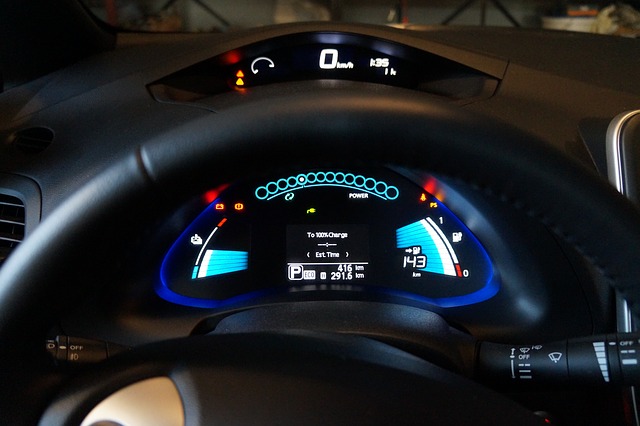
According to a study recently published in the journal Nature, researchers at Stanford University have developed a device that can wirelessly transfer electricity to moving objects. Specifically, the team led by Stanford professor of electrical engineering Shanhui Fan demonstrated how they were able to transmit a 1-milliwatt charge to a moving LED light bulb, without dimming its brightness as it moved farther away from the power source.
While this could potentially allow wireless charging of small electronic devices such as cellphones, wearables, fitness trackers and medical devices, a much bigger charge will be needed to power larger objects, for instance, electric vehicles. It’s a good thing the Stanford team is confident they can increase the amount of electric power that can be transmitted, as well as extend the distance it can cover.
If the team succeeds, they will certainly make a lot of people happy by making true wireless charging a reality. This will probably revolutionize the auto industry too, enticing more people to shift from gas-powered to electric-powered vehicles (EVs) by solving the perennial problem of limited battery range. How? If roads can be upgraded and safely embedded with electric current, then EV owners will never have to face the problem of having a dead battery in the middle of nowhere because their EV will simply continue charging while they’re driving.
So what makes this new charging technique unique? It’s the first to show that wireless charging of moving objects is feasible.
As it is, wireless charging of non-moving objects is already prevalent. Typically, it works based on a concept called magnetic resonance coupling which makes use of coils of wire and magnets to create and transfer electric current, but requires specific positioning and tuning of both the device to be charged and the power source. That means any change in position or movement can interrupt the flow of current, unless an accompanying adjustment in frequency is also done. In short, charging will only be completed if the device remains in place, or is tuned continuously.
To work around this limitation, the researchers did away with the transmitter’s radio frequency source, replacing it instead with a voltage amplifier and feedback resistor. This way, the magnetic coil stops being dependent on an outside source of radio waves; it makes its own waves itself. And so the new system created is now able to automatically adjust the frequency as distance changes, ensuring uninterrupted flow of current even when the device being charged or the charger itself is moved.
As explained by graduate student Sid Assawaworrarit, a member of the team: “Adding the amplifier allows power to be very efficiently transferred across most of the [one-metre] range and despite the changing orientation of the receiving coil. This eliminates the need for automatic and continuous tuning of any aspect of the circuits.”
Watch Fan and Assawaworrarit explain their work though this video.
- Bulenox: Get 45% to 91% OFF ... Use Discount Code: UNO
- Risk Our Money Not Yours | Get 50% to 90% OFF ... Use Discount Code: MMBVBKSM
Disclaimer: This page contains affiliate links. If you choose to make a purchase after clicking a link, we may receive a commission at no additional cost to you. Thank you for your support!

Leave a Reply